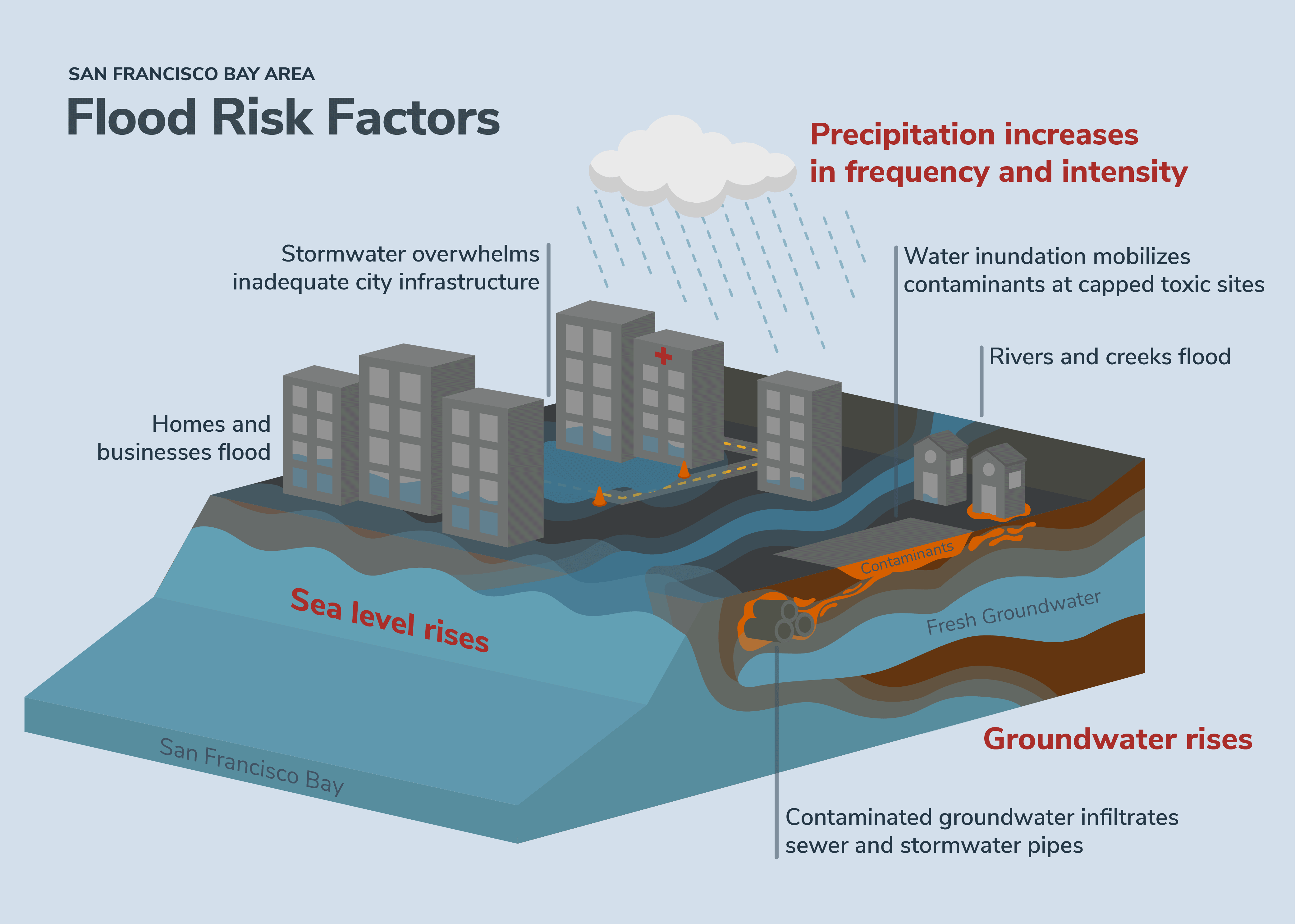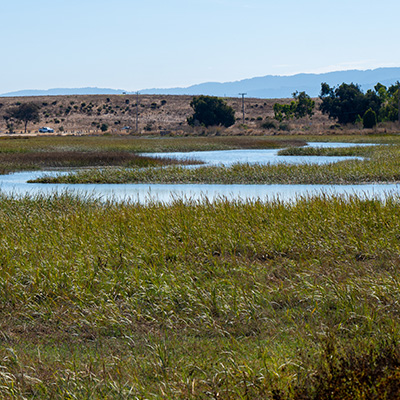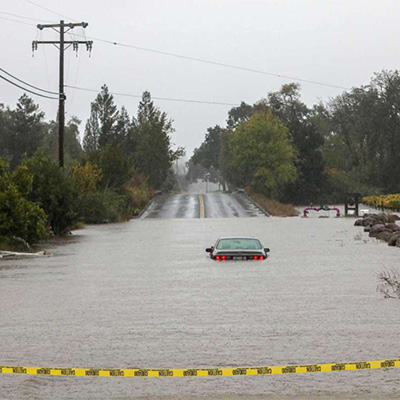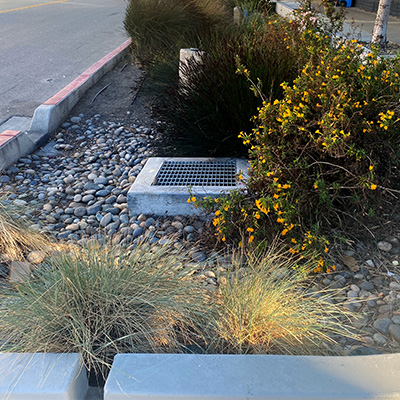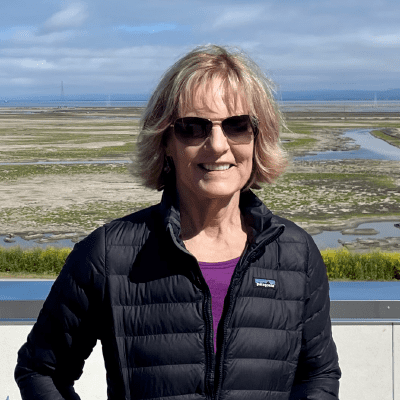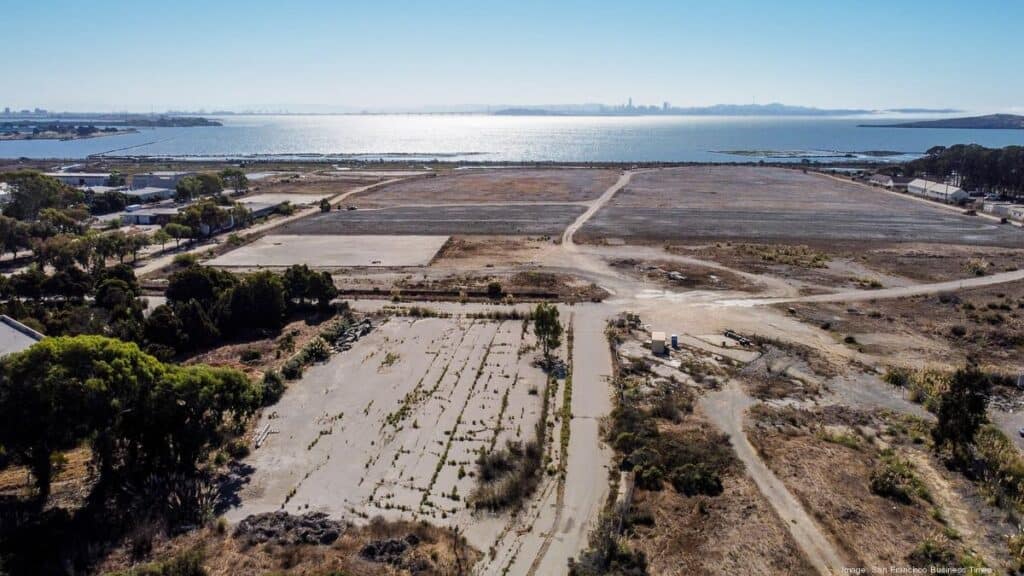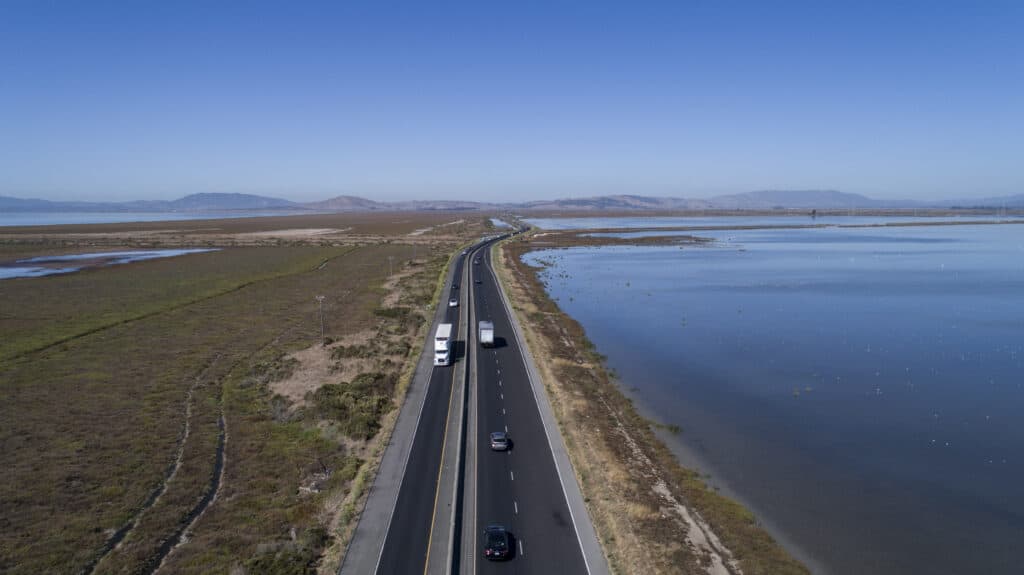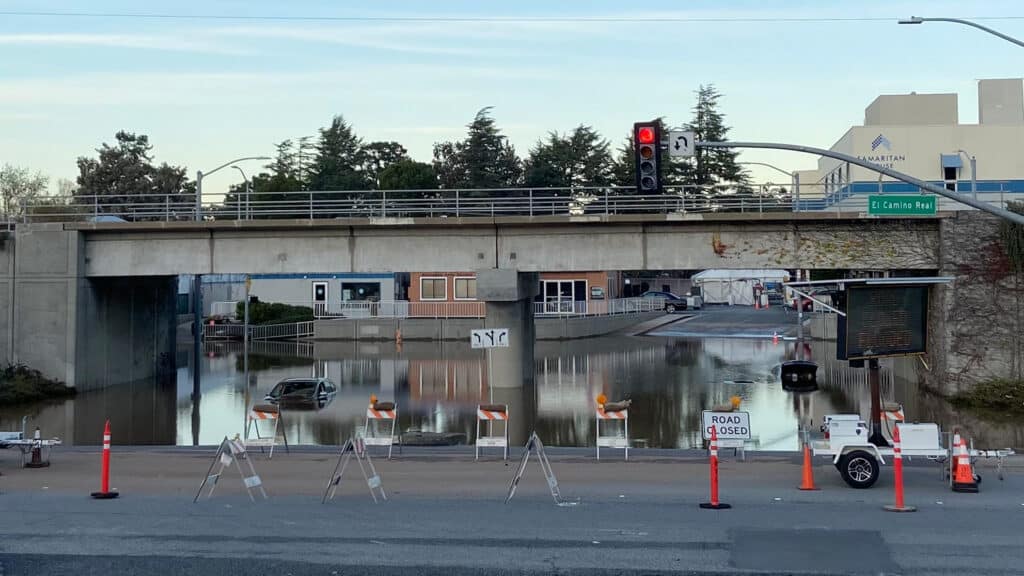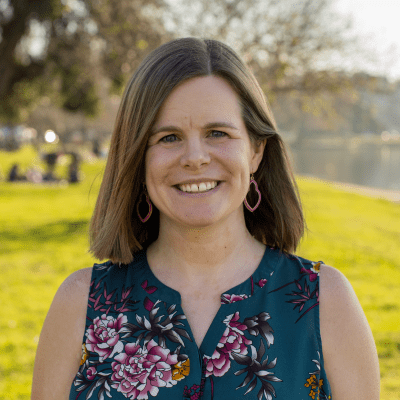San Francisco Bay Sea Level Rise & Flood Strategy
Climate change doesn’t just mean a warming planet. It brings with it rising tides and more extreme weather events that endanger communities globally, and right here in the San Francisco Bay Area.
That’s why Save The Bay has developed our San Francisco Bay Sea Level Rise & Flood Strategy, to ensure our region is resilient.
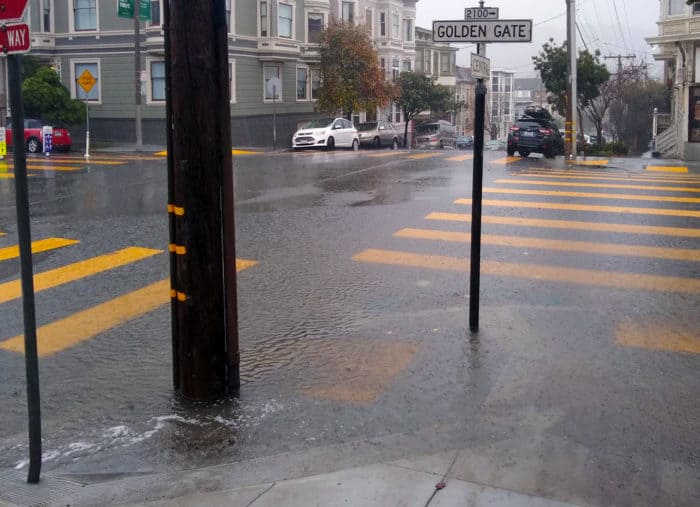
San Francisco, 2023
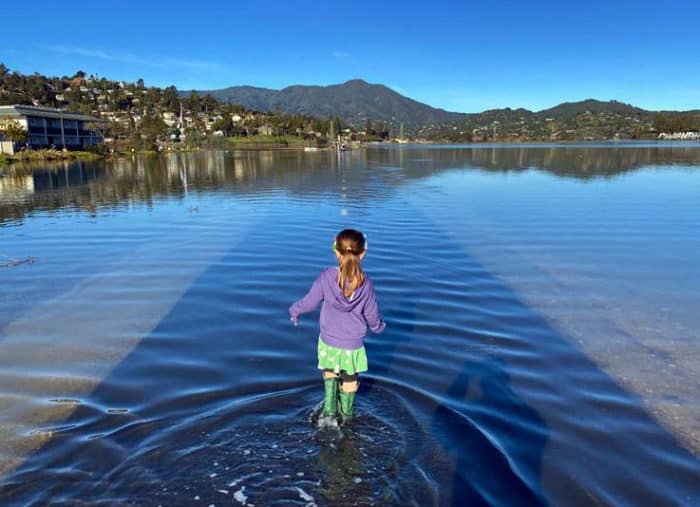
Mill Valley, January 2023
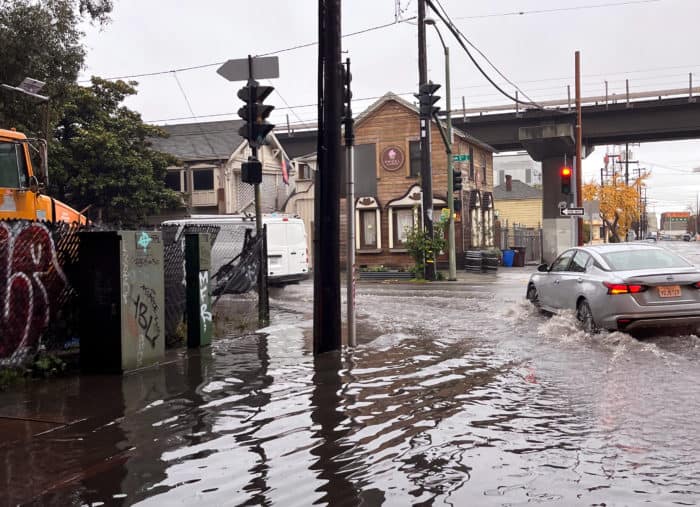
Oakland, January 2023
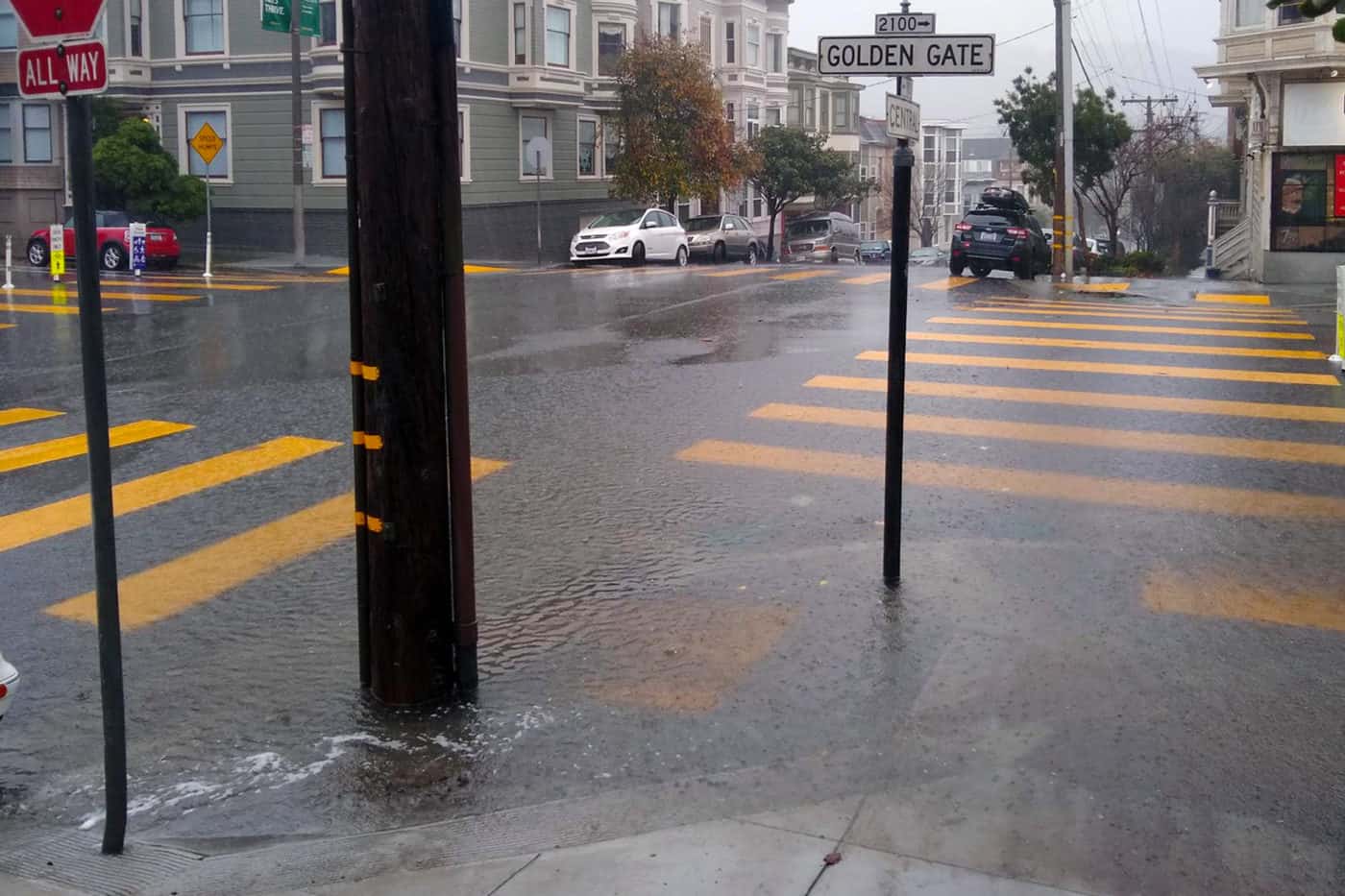
Read our San Francisco Bay Sea Level Rise & Flood Strategy to learn more about how sea level rise and flooding endanger the Bay Area, and what we can do to prepare our region.
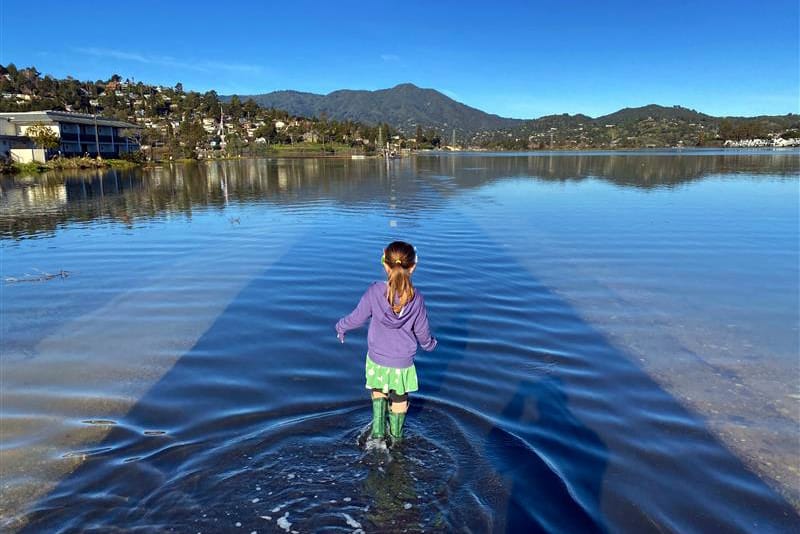
Local governments play a key role in protecting their residents from flood hazards. Read our report on what local policies cities should implement to prepare for flooding.
Sea Level Rise and Flooding in the Bay Area
Climate change is already having a profound impact on our communities, and the risks posed are only increasing. Homes that don’t flood today may experience regular flooding from rising seas, rising groundwater, and more extreme storms in the future (as illustrated below).
The map below reflects a conservative projection of flooding in the Bay Area with up to 3.3 feet of sea level rise by 2050. The map depicts flooding due to sea level rise and groundwater.
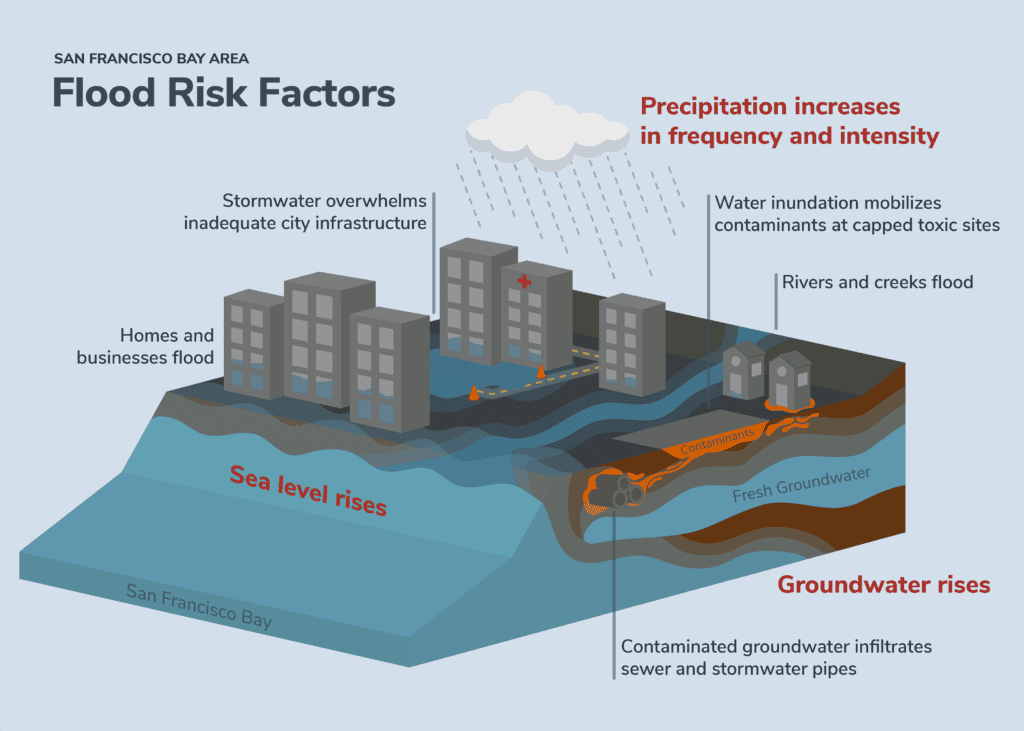
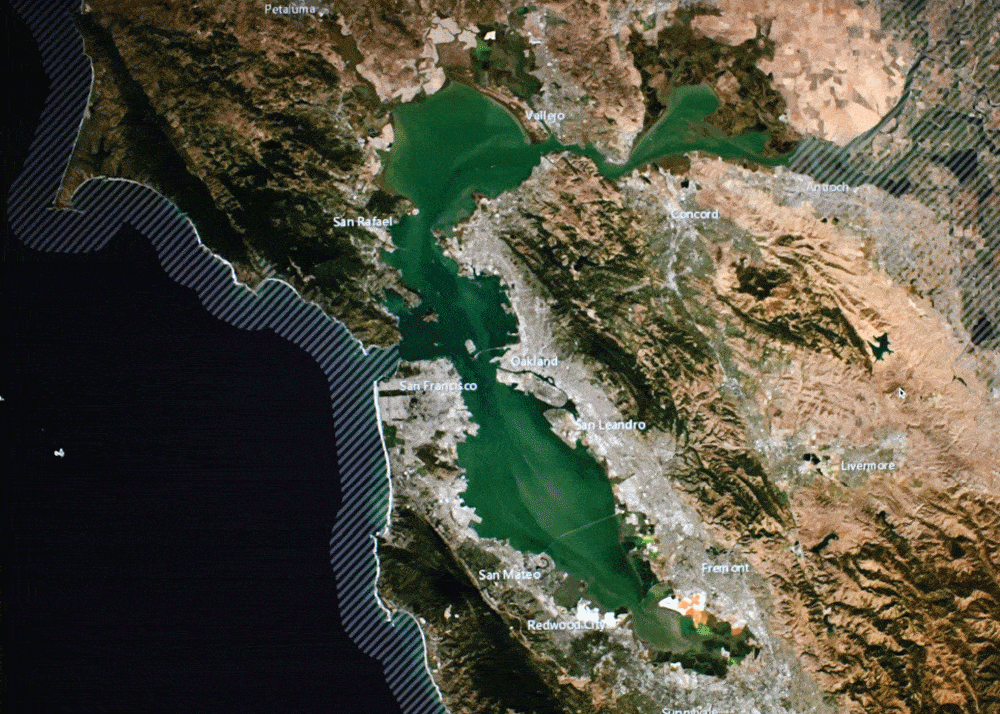
Regional Strategy for Resilience
While California has long-standing policies to reduce the impacts of natural disasters like earthquakes and wildfires, sea level rise and flooding due to climate change are still largely left to cities and counties to address. This has led to an inconsistent and inequitable patchwork approach that leaves many communities unprepared.
Save The Bay is acting now to ensure that Bay Area governments create a climate-resilient regional plan for sea level rise and flooding. Our San Francisco Bay Sea Level Rise & Flood Strategy will guide our advocacy on regional flood resilience planning and help us create a more resilient region.
Our advocacy is based on these key principles:
-

Prioritize nature-based solutions
such as wetland restoration, horizontal levees, and green stormwater infrastructure.
-

Center the voices of front-line communities
in flood resilience planning.
-
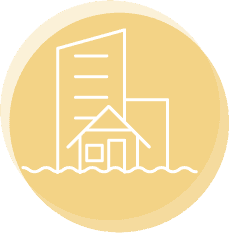
Address risks and plan for the future
by focusing development in low flood-risk areas, and applying new building standards that reflect the latest flood risk projection.
The Solution: Local Action
Through effective planning, city and county governments play a large role in protecting their residents from sea level rise and flooding. They can set standards to ensure buildings in flood zones are flood-resilient, upgrade critical infrastructure, preserve and restore wetlands, and build shoreline protection infrastructure. In our Local Sea Level Rise and Flood Resilience Policies Report, we present a list of best-practice local policies that Bay Area cities and counties should adopt to prepare for increased flooding.
City Flood Resilience Scores
Using our list of flood resilience policies, we assigned scores to Bay Area cities based on how many of 48 recommended policies they have implemented. Click on the cities below to explore how well they’re prepared for sea level rise and what more they need to do.
Key Flood Resilience Plans & Policies
Below are examples of key flood resilience policies that we evaluated cities on.
Who is this for?
-

Local government officials or city staff
wondering how to make their cities more resilient to sea level rise and flooding.
-

Non-profits and community-based organizations
who advocate for their cities to take action on flood resilience.
-

Members of the public
who want to learn more about flood resilience policies.

